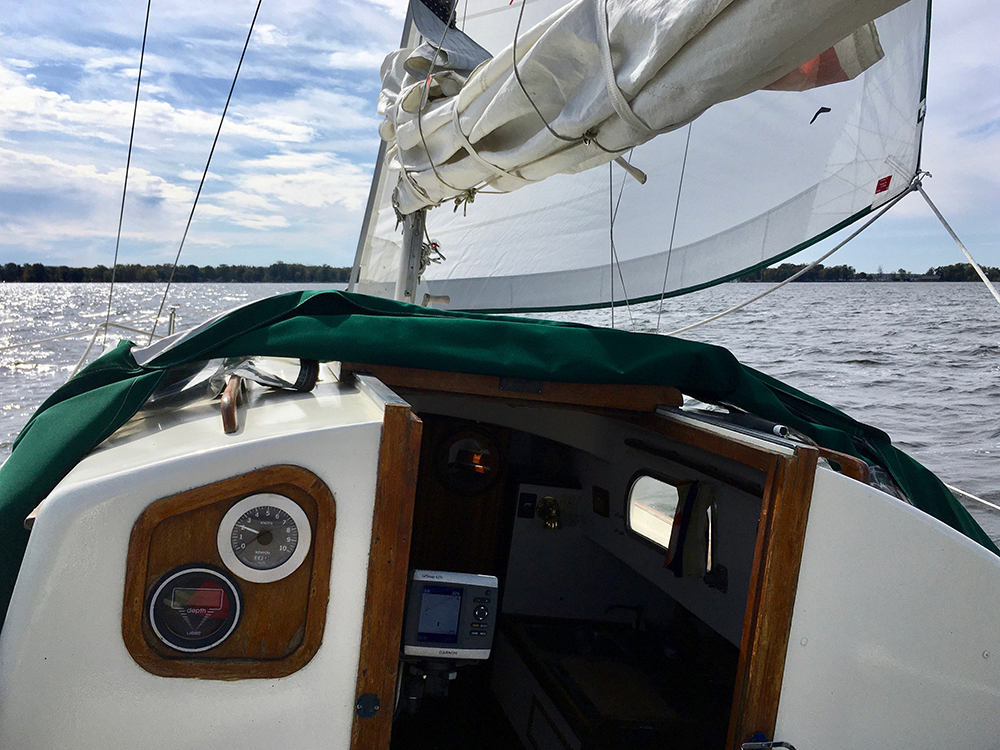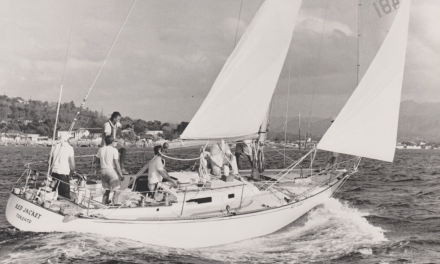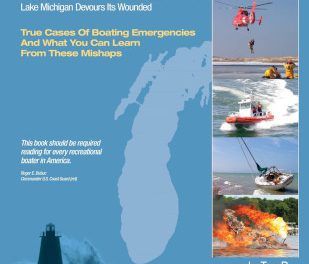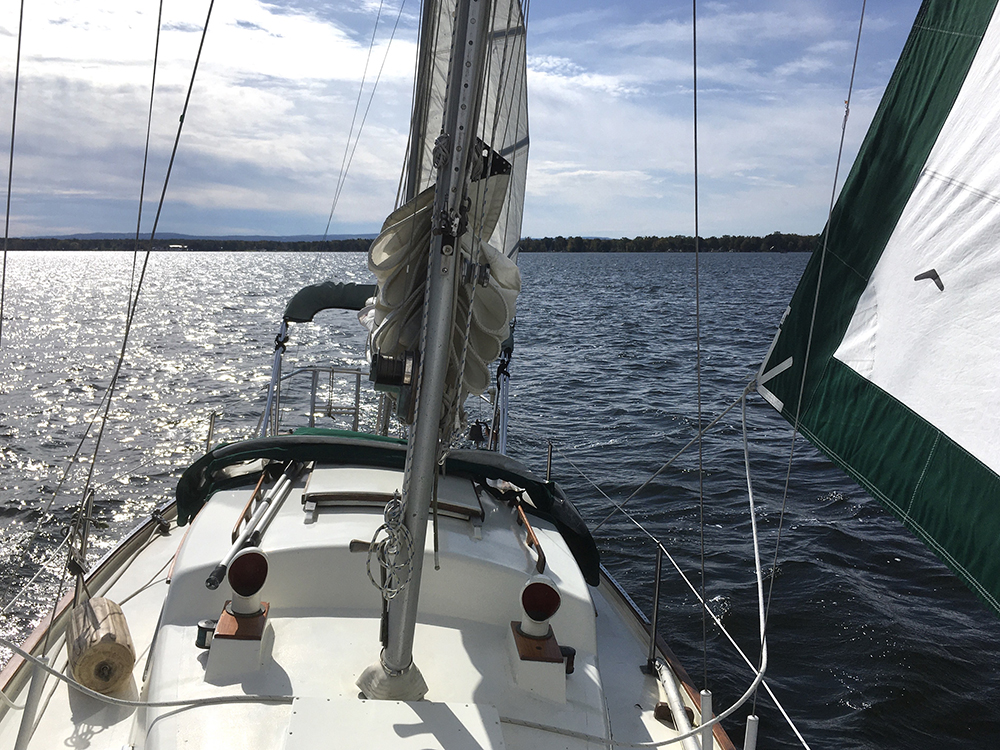
I get up and check the calendar. It’s late in the season and only a few days remain before the marina’s deadline for hauling out my boat. I check the weather; 7 to 9 out of the east, sunny with temps 57 to 62, a perfect fall sailing day.
We are going sailing—we meaning Kiltie and I. Kiltie’s my boat, named after the Scottish slang word for soldier. Just the thought of getting out on the water primes my spirit.
At the marina, the owner and I talk about where he might put Kiltie on the hard this winter. I tell him I need a spot where the boat won’t block other boats from going in early next spring because Kiltie demands a bit more time to get ready in the spring. A 1966 Tartan 27 yawl, she’s got lots of wood trim and paint that needs attention.
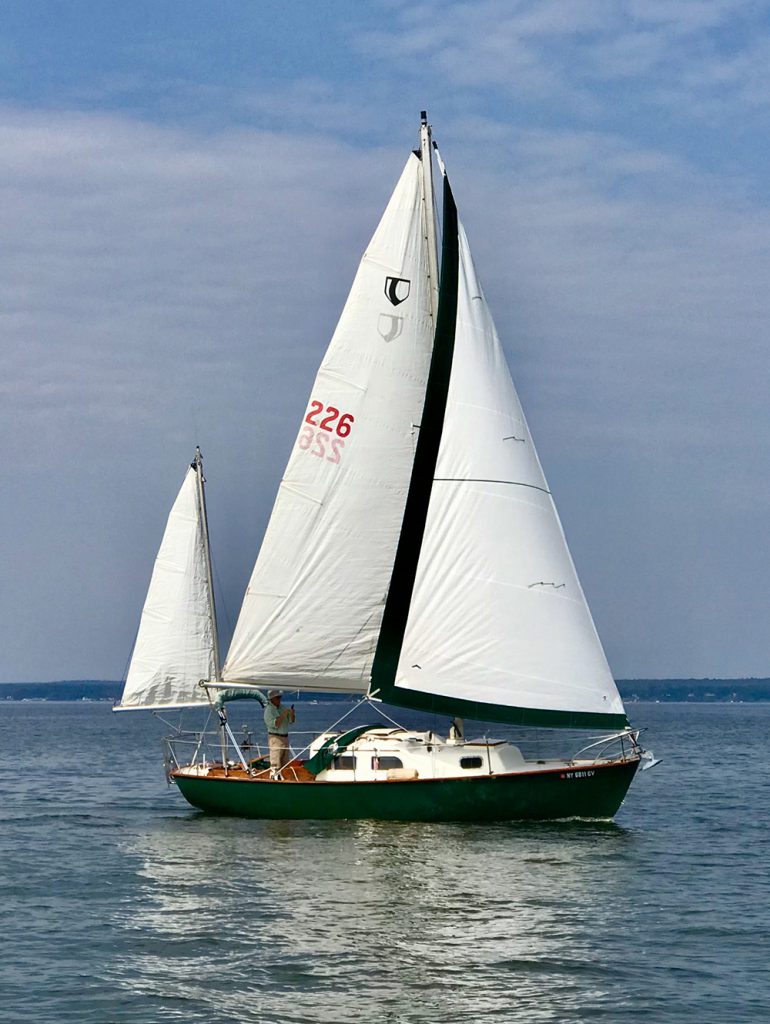
Lots of bottom has passed under my boat’s keel these past 53 years. Her first owner sailed her out of the Hudson, up and down the northeast coast. He kept meticulous logs that make great wintertime reading these days. Her second owner refitted and re-powered her and sailed her around the Chesapeake. I’ve sailed her on the Chesapeake, up the coast to the Hudson, through the Erie Canal, and as far west as the Finger Lakes. She and I have been as far north as the Thousand Islands. One time, we secretly sailed over the US-Canadian border.
These days, her home port is Oneida Lake, Central New York, often referred to as the thumb of the Finger Lakes. Oneida Lake is a bit over 25 miles long, 5 miles wide, and, unlike the Fingers, it is relatively shallow and known for its choppy wind waves. It is also connected to the Erie Canal.
I fire up the old diesel, cast off the lines, and weave past many now-empty slips and through the breakwater. Outside the last channel buoys, I assess the wind. It seems to be blowing a bit more than forecast and it’s gusting. I decide not to set the mainsail, raising only the genoa and the mizzen. This sail arrangement is an old fishermen’s scheme and although a bit slower, it makes for a balanced helm that allows the boat to pretty much sail herself in rough seas. In my case, this sail plan will allow me to eat lunch with both hands.
We glide along between about 4 to 5 knots. Looking westward, the water and the sky meet; no land to see. Looking eastward, I see the sands of Verona and Sylvan Beach. In the summer one can hear, even this far out, the happy screams of children playing in the surf. I smile, reminded that this past summer we managed to introduce sailing to a couple of groups of kids. Today I hear only the wind, the lapping of the wavelets against Kiltie’s hull, and the occasional swoosh as she guides down a wave.
Lunch over, I look around to see only one other sail and a few fishing boats. Clouds are rolling in and the temperature is beginning to drop. The far shore is approaching. Soon I will tack the bow around and head back to the marina to begin the process of hauling her out. The winters here are long and the ice on this lake will soon be thick. I take solace only in the fact that I will have lots of time to sit by the stove and plan the next season’s adventure. Maybe we’ll drop the masts and head back through the canal to go further west, or maybe north again across Lake Ontario or maybe even east and north, locking through the 34 locks to Lake Champlain.
With Kiltie, it’s all possible.
John Bailey is a retired engineer. Before moving to Central New York, he sailed the waters of the Chesapeake and the coasts of New Jersey and New York in many good old boats.
